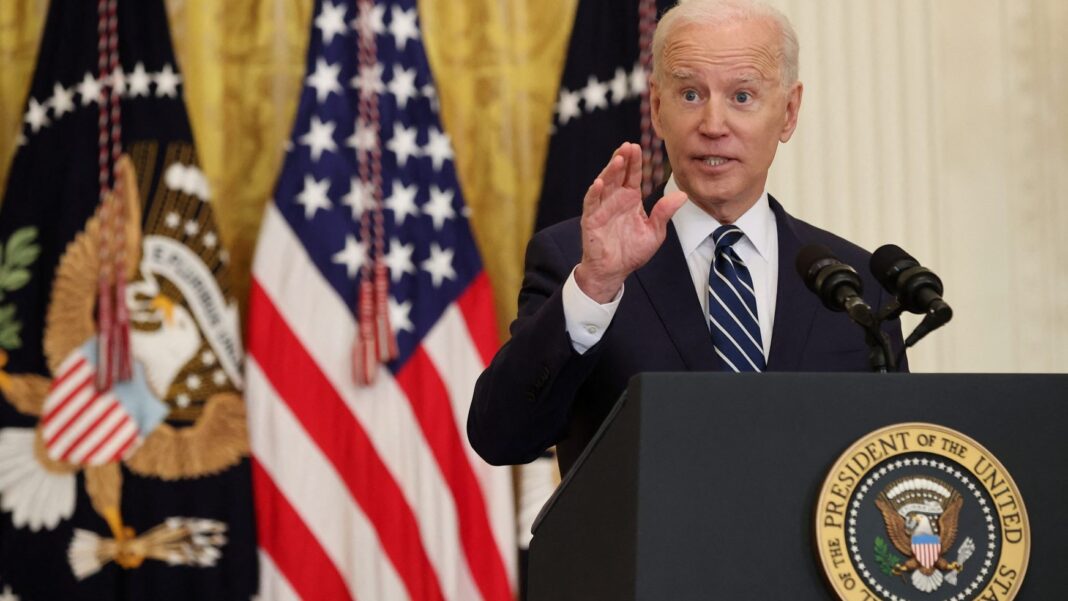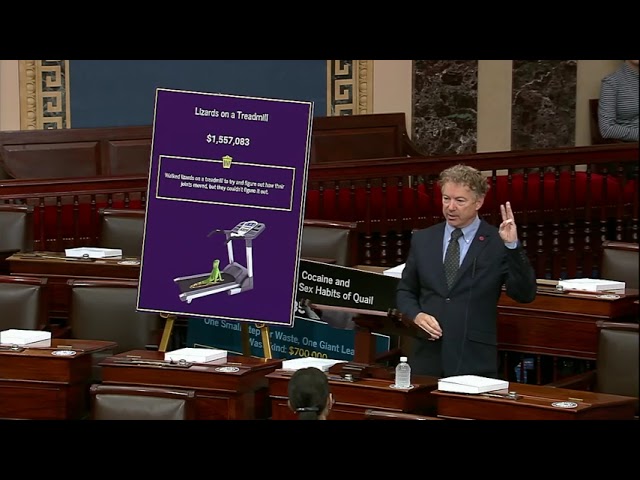“If that’s all you get, why do it?” said Larry Kudlow, director of the National Economic Council under Trump. “In case they haven’t noticed, there’s a Trump boom going on. If it ain’t broke, don’t fix it.”
Some analysts suggested that the administration is essentially admitting that its proposed surge in federal spending won’t actually boost the economy much at all.
President Joe Biden is selling his multitrillion-dollar spending proposals as the key to unlocking the power of the economy by pumping up productivity and drawing millions of Americans back into the labor force.
But the budget plan the White House unveiled on Friday projects economic growth of 2 percent or less per year for most of the next decade, after factoring in inflation. That’s not much different than the sluggish pace the U.S. endured in the decade after the financial crisis and Great Recession, a disappointing economic performance that damaged Barack Obama’s presidency.
So where is the “Build Back Better” economic revolution that Biden and White House officials have talked up in recent weeks in selling their plans to spend roughly $4 trillion on the infrastructure and on family programs?
Some analysts suggested that the administration is essentially admitting that its proposed surge in federal spending — which administration officials hope to offset over time with higher taxes on the rich and corporations — won’t actually boost the economy much at all.
“They clearly don’t understand the implications of what they’re putting out,” said Richard Bernstein, founder of investment advisory firmRichard Bernstein Advisors. “The 2 percent trend is real [after inflation] growth. So, if they think there’s only going to be 2 percent trend real growth with a $4 trillion spend, then they must believe either the $4 trillion will be impotent or will result in a lot of inflation and therefore substantial nominal growth instead of real growth.”
When the White House rolled out the $1.8 trillion “American Families Plan” to add to its roughly $2 trillion infrastructure proposal, the administration boasted that it would “yield significant economic returns – boosting productivity and economic growth, producing a larger, more productive, and healthier workforce on a sustained basis.”
By BEN WHITE









